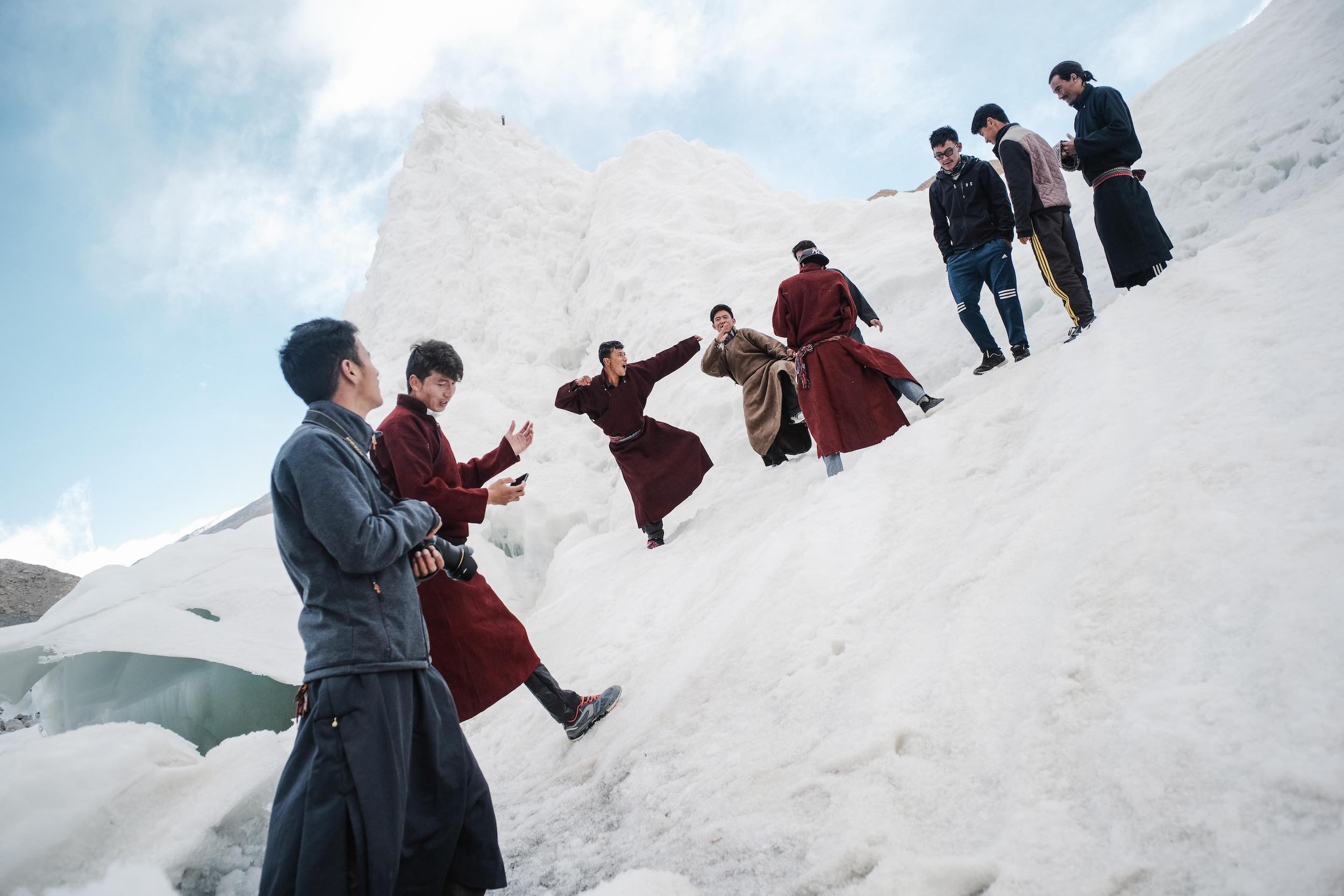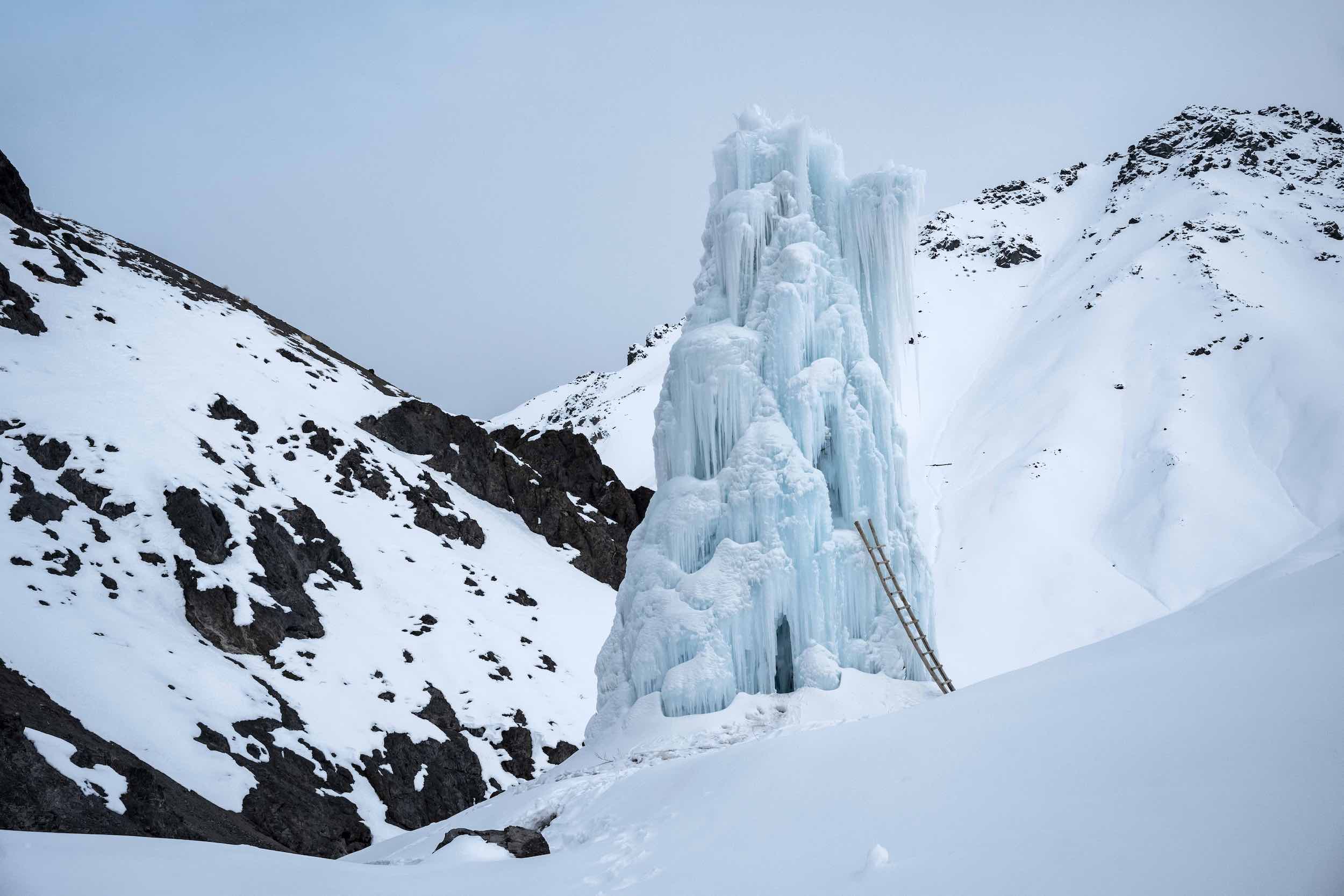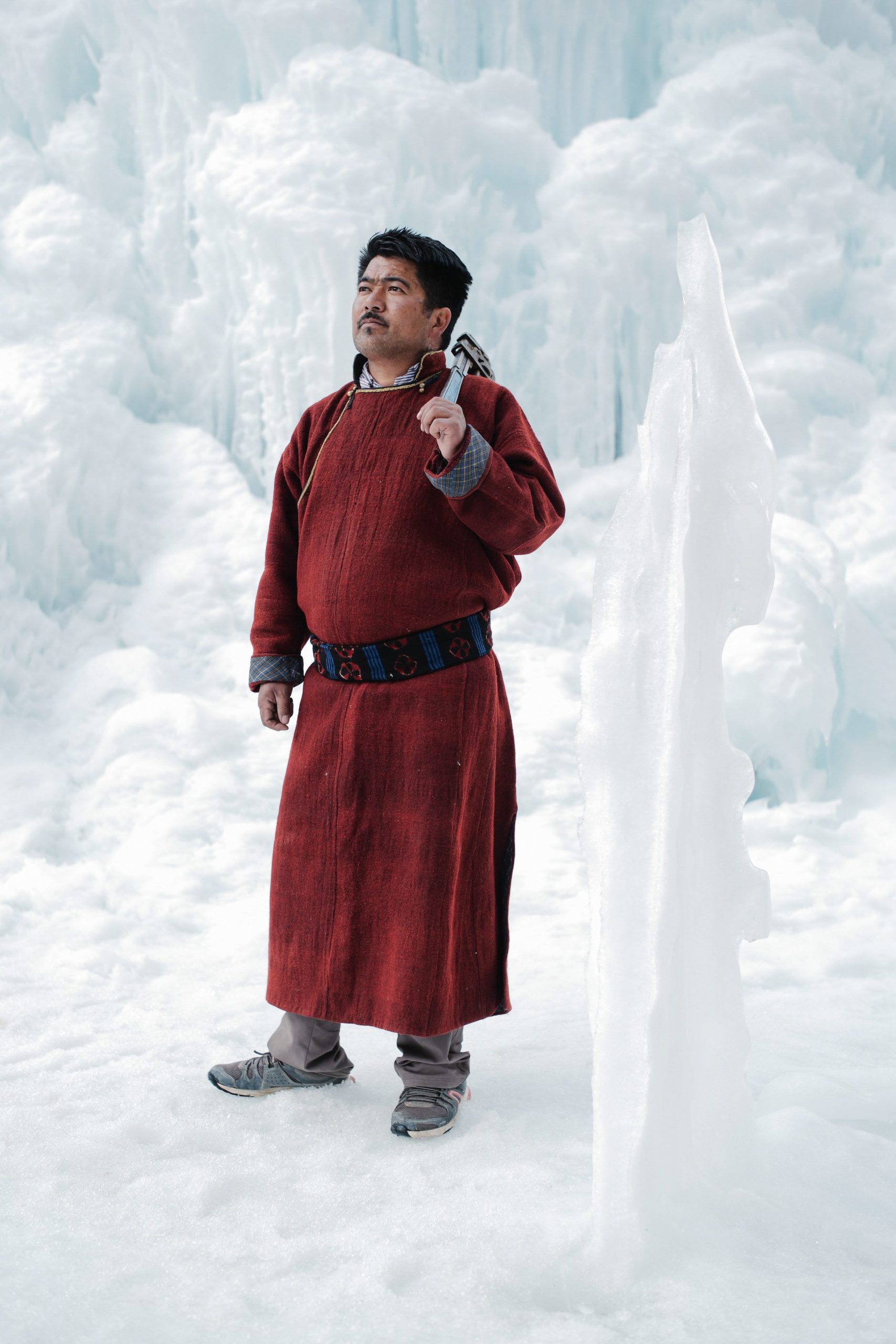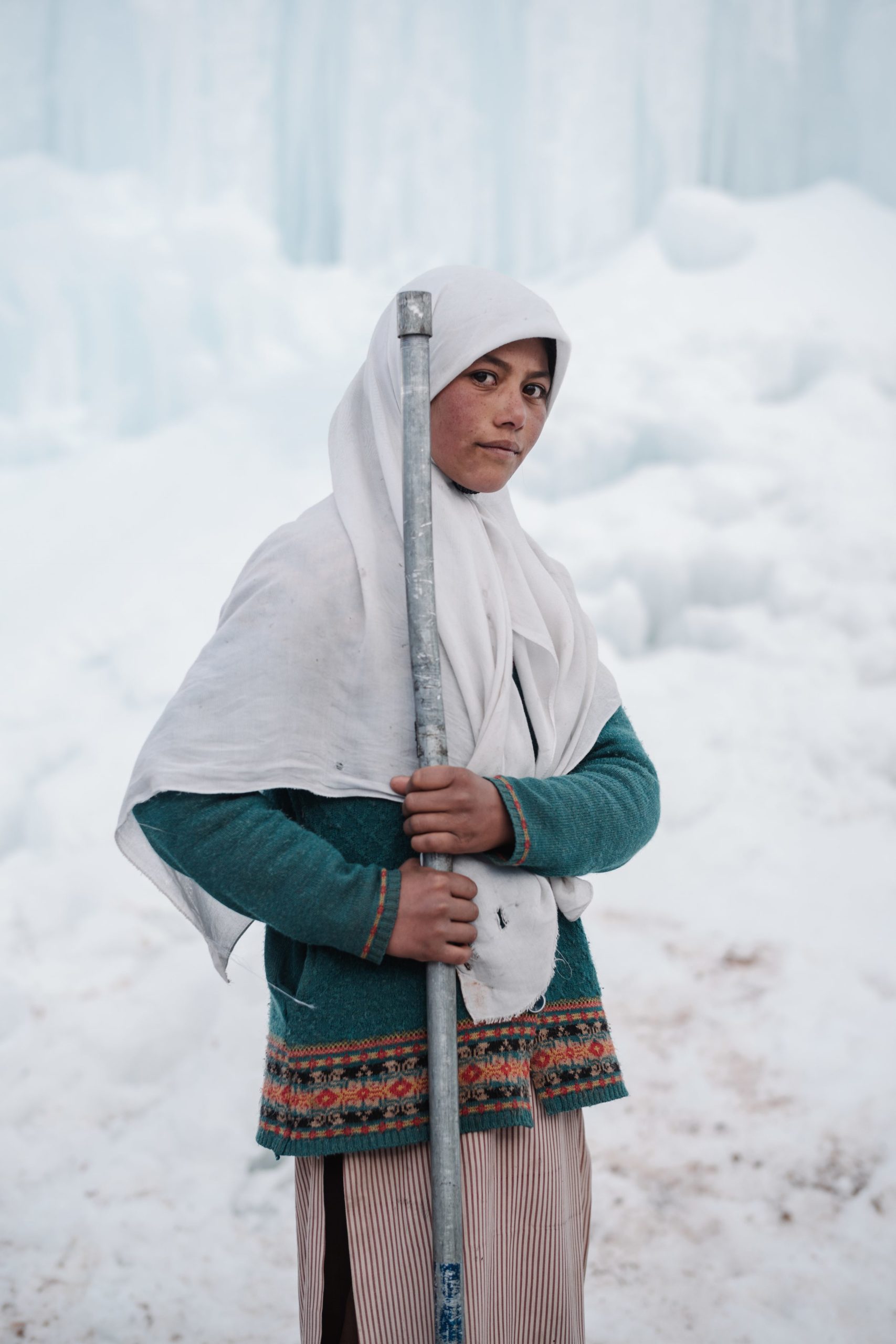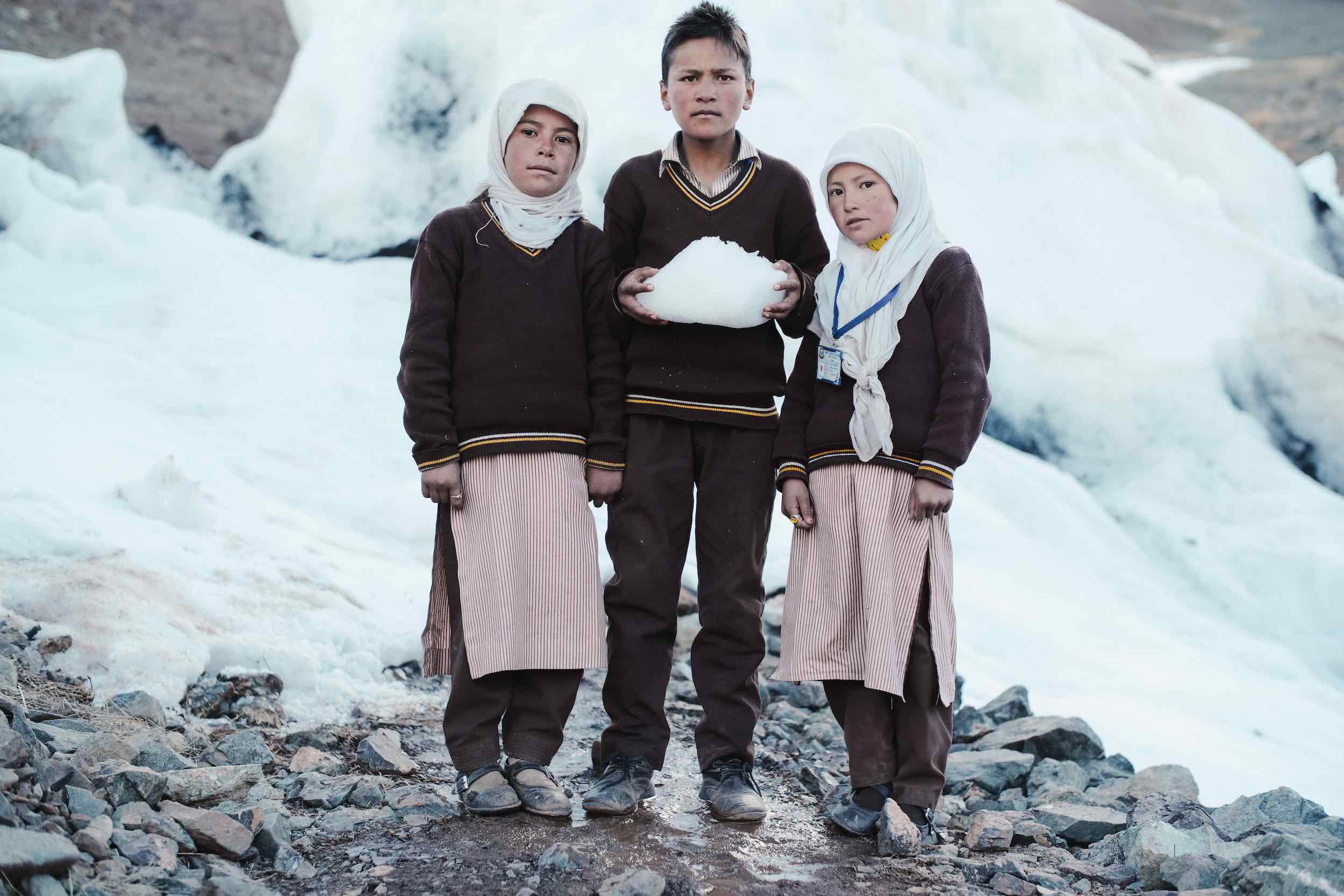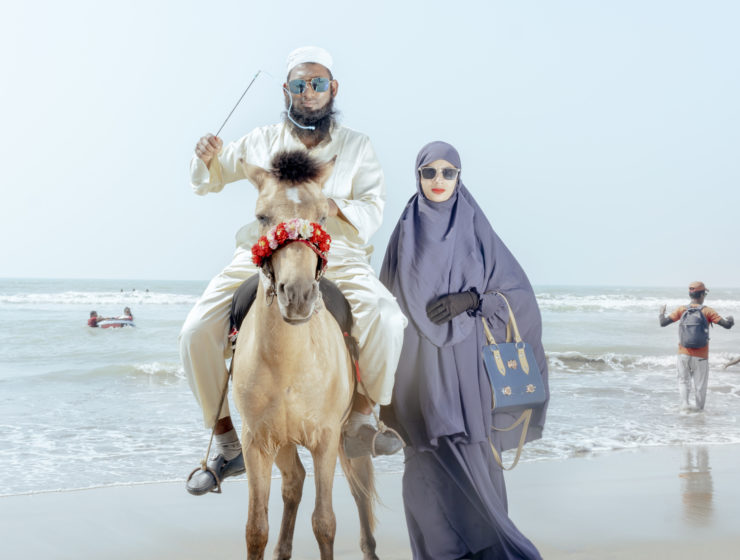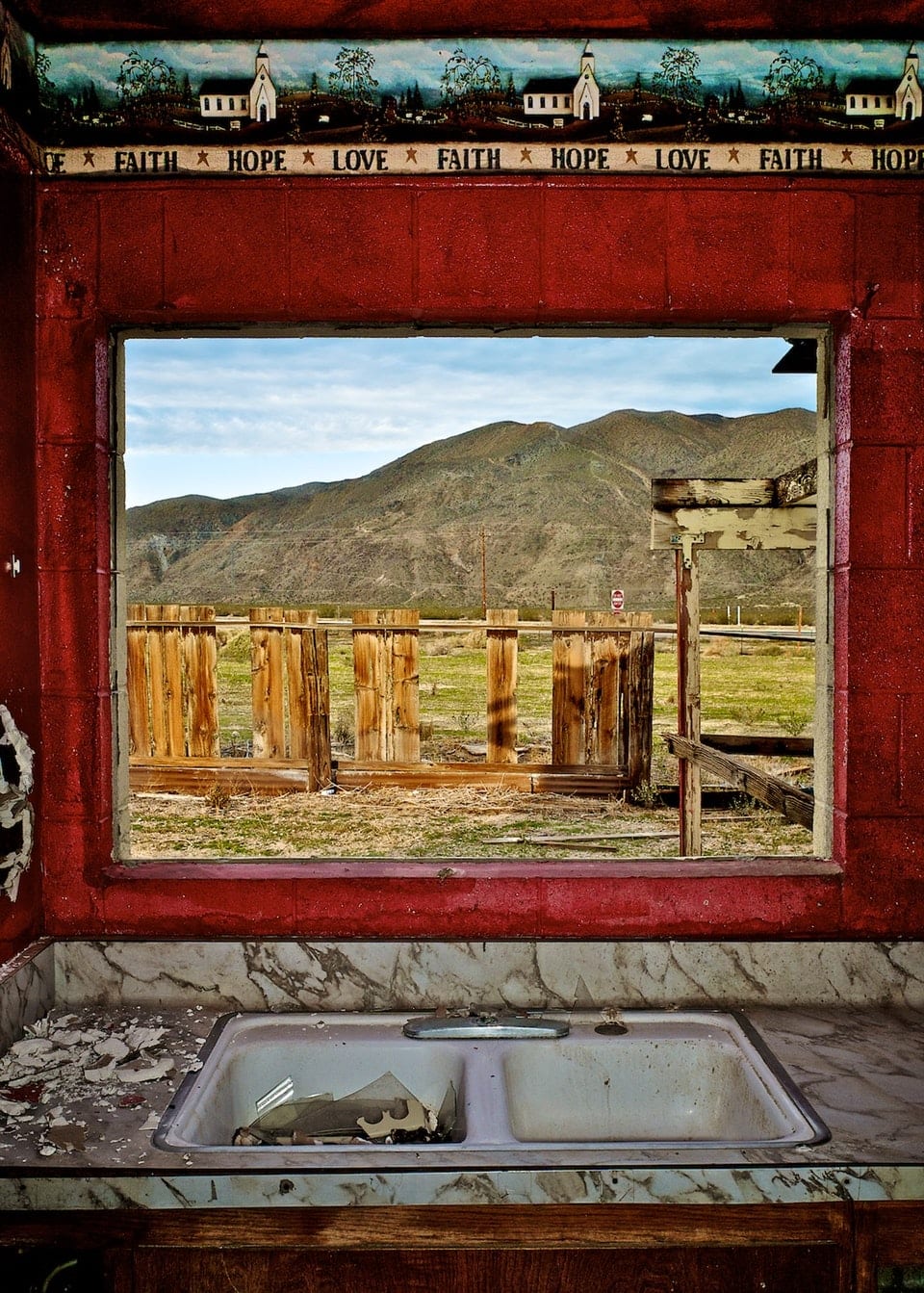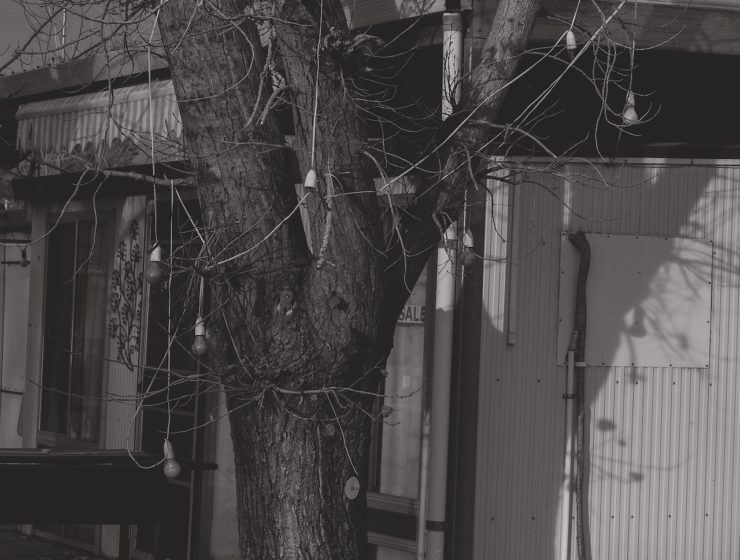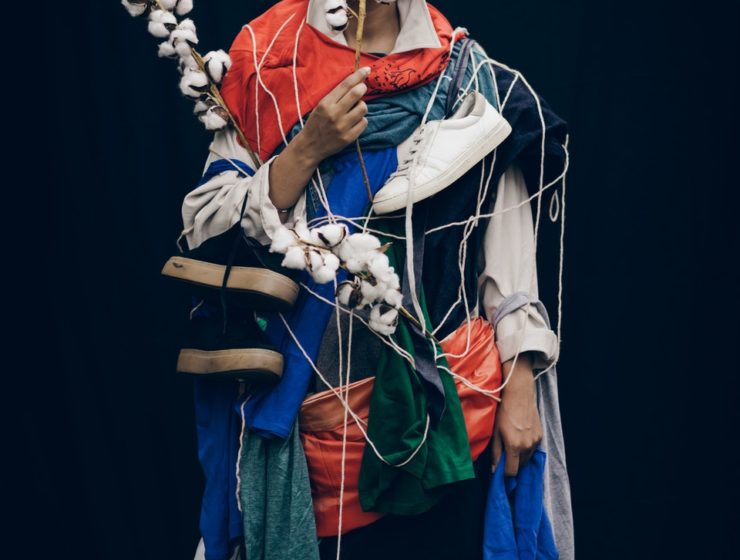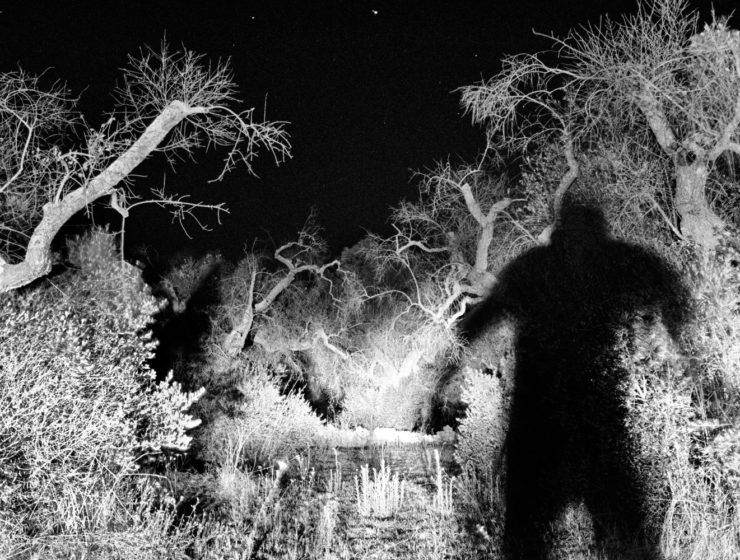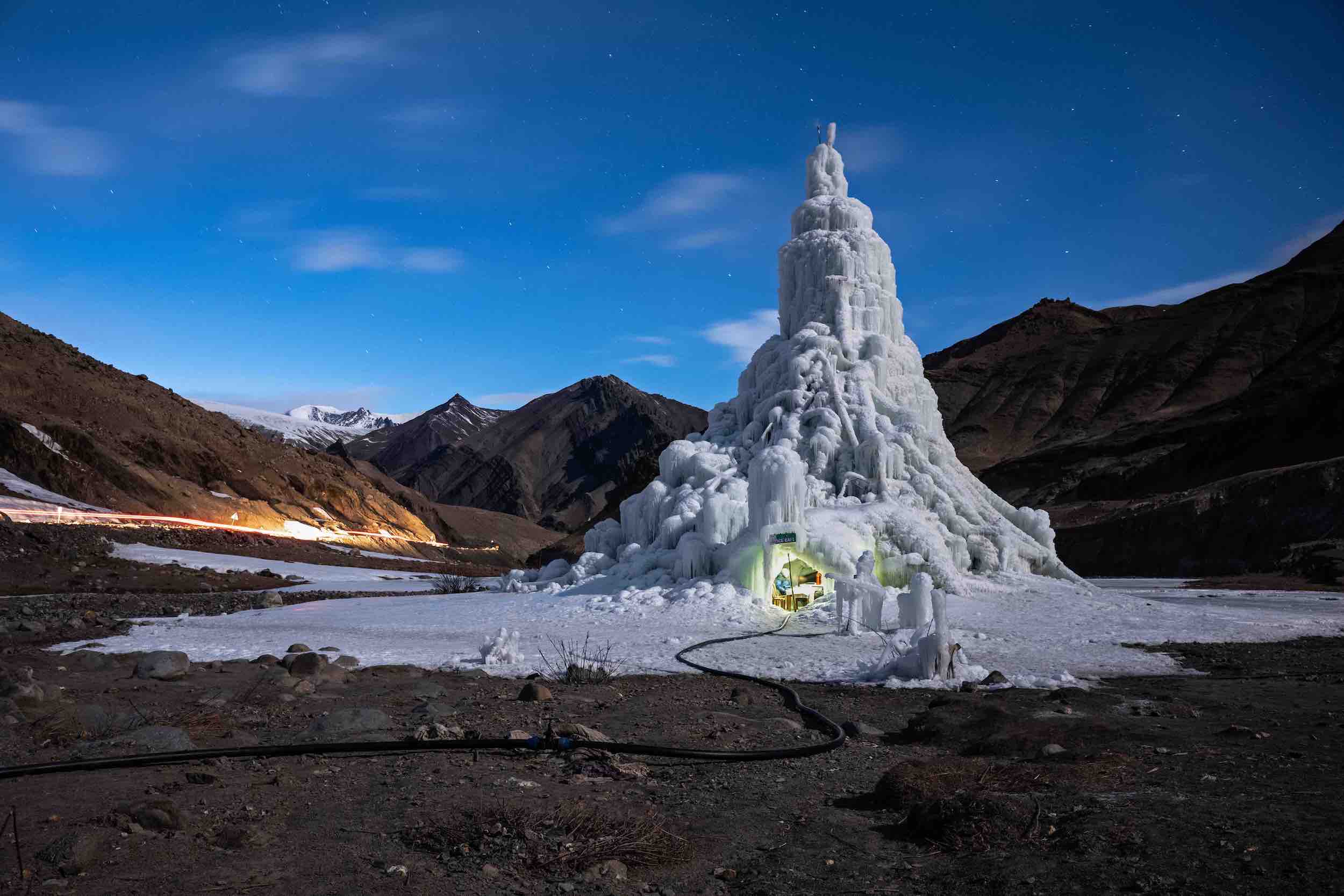The Slovenian image-maker, a winner of last year’s Decade of Change, stresses the importance of collaborative, solution-based environmental photography
As someone who was raised at the foot of the Slovenian Alps, Ciril Jazbec has always felt closely connected to nature. While at primary school, he discovered the darkroom laboratory, an early exposure to image-making that eventually led him to study an MA in photojournalism and documentary photography at the London College of Communication. “I started documentary photography while in London, partly because of my love of telling stories,” he says. A decade later, Jazbec has travelled across multiple continents, documenting humanistic responses to both natural and manmade environments.
Jazbec’s was one of the winning images of 1854 Media’s Decade of Change 2020. He is also a winner of the 2013 Leica Oskar Barnack Award and the 2021 World Press Photo Award. He wants his photography to not only evidence climate change, but to “go beyond the surface”, and find hope. ‘Climate resilience’, a term used by Jazbec throughout his projects, denotes a science-led approach to climate photography, one in which innovation, development and optimism take centre stage. One series, for example, documents the artificial glaciers used in the Himalayas – a device invented by Sonam Wangchuk, an engineer local to the Himalayan region of Ladakh. The glaciers – called ‘stupas’ after their likeness to Buddhist religious monuments – store winter meltwater from the mountains, and slowly release it in the springtime when it is most needed.
With the help of the low-energy, high-yield artificial ice mound, surrounding communities can access fresh water all year round. Jazbec’s images show the benefits of the artificial ice stupas, as well as the joy and cultural significance they have brought to the Ladakh region. These “incredible moments of life” display a climate resilience, one he hopes will be felt globally. “The reality can be brutal, and people are so used to bad news,” he says. “I want to show the impact this kind of ingenuity is having in the real world and the incredible resilience of the human spirit.
“Some of these locations can be deadly, with sudden changes in the weather leading to storms and blizzards. Trusting each other in those kinds of environments is essential for survival.”
“I feel a deep connection to all the places I’ve shot, and photography lends itself to tell these stories,” he adds. Jazbec presents these solution-based photo series through landscape and portraits, a dual approach with significance; there is no land without people, and no people without land.
Through this holistic environmental portraiture, Jazbec wants to celebrate the humanity found in extreme climates such as the Himalayan mountains and the Arctic Circle. “I always research an area deeply before I go, and sometimes, I’ll be on-site for months,” he explains. This research informs his trips, but it does not dictate the images made when there. While working on the ice stupas story, Jazbec realised the importance of presenting the scientific and utilitarian devices as cultural artefacts. They not only resemble religious monuments, but become a meeting point, playground, and intrinsic aspect of local life. “It is important to have a mixture of curiosity, sincerity and honesty in the photographs,” he explains.
Trust is essential to his process, as Jazbec spends prolonged amounts of time with locals to further understand their relationship with the environment. “Some of these locations can be deadly, with sudden changes in the weather leading to storms and blizzards. Trusting each other in those kinds of environments is essential for survival,” he says. In his ongoing project, Jazbec photographs Greenland, a landscape melting quicker than he can document it. “It’s important to tell these stories with that trust, especially because these places are changing so quickly. Sometimes it might be the last chance to tell the story.”

